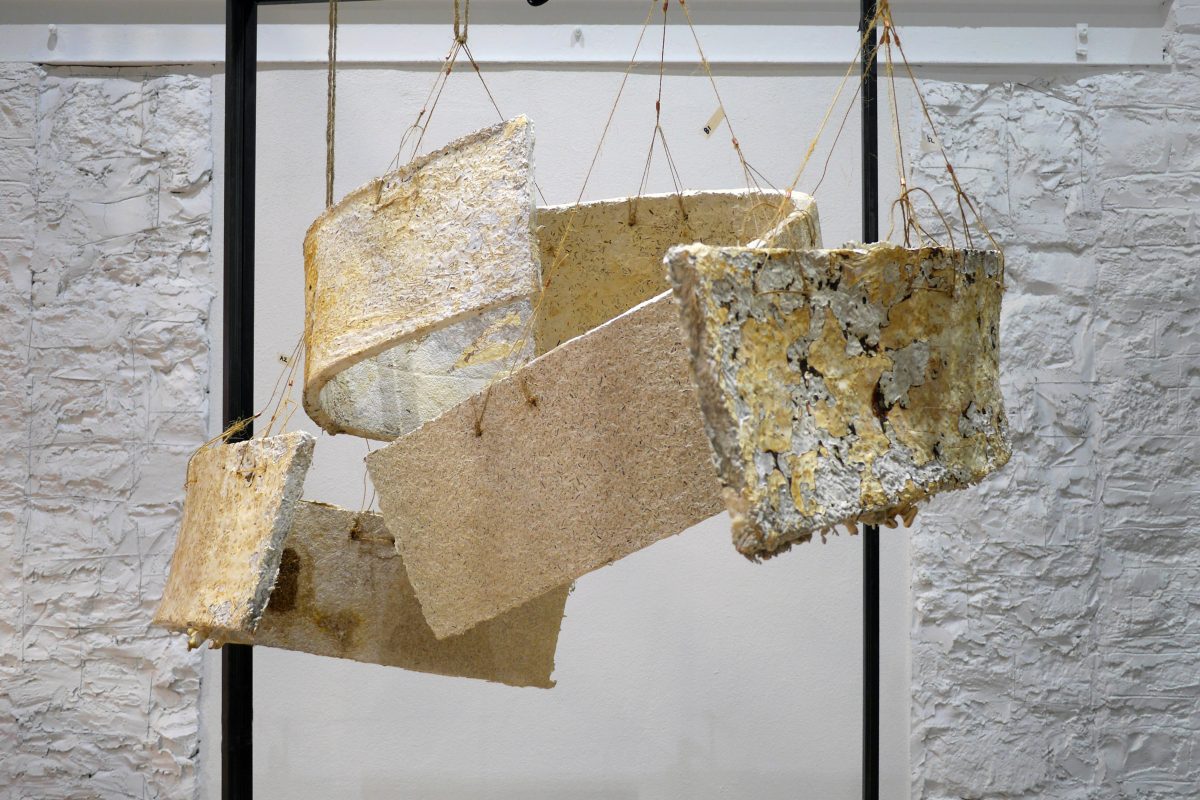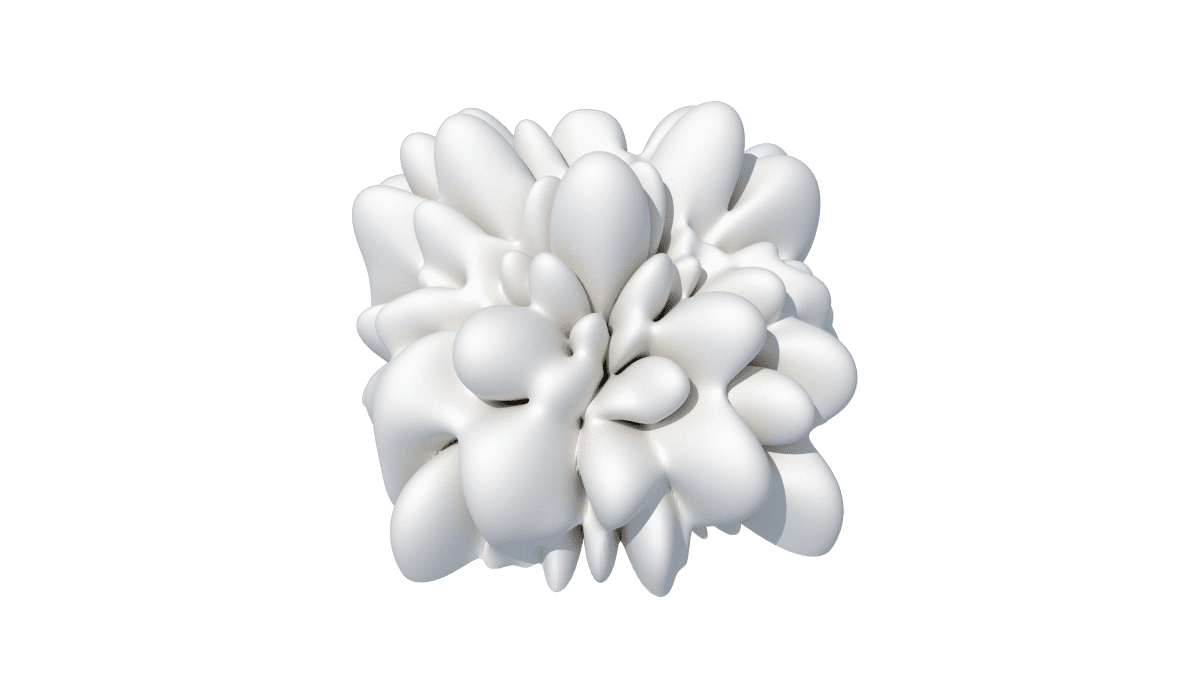Advanced Materials & Structural Systems
MycoMatters Lab
contact: Jonathan Dessi-Olive
email: jdessiolive@uncc.edu
The MycoMatters Lab explores cooperative logics between fungal growth, computational design, and digital fabrication. Through interdisciplinary and industry collaborations, the lab seeks demonstrate new material assembly systems that contribute to circular material economies and lessen the impact of the architecture, engineering, and construction industries on climate change.
 Strategies for Growing Large-Scale Mycelium Structures
Strategies for Growing Large-Scale Mycelium Structures
Fungi-based materials (myco-materials) have been celebrated and experimented with for their architectural and structural potential for over a decade. This paper describes research applied to assembly strategies for growing large building units and assembling them into efficiently formed wall prototypes. A major concern in the development of these two fabrication strategies is to design re-usable formwork systems. La Parete Fungina demonstrates two undulating wall units standing side-by-side, each composed of seventeen myco-welded slabs. L’Orso Fungino revisits the in situ monolithic fabric forming of units that are repeated, stacked, and post-tensioned. Although the design and research presented in this paper focuses on overcoming the challenges of growing large-scale building components, this work also touches on issues of accessibility and technology, economic and logistical systems needed for building-scale applications, and material ethics of energy and waste associated with emerging biomaterial production.
Read more →

The Mycelium Project: Growing House Parts
This project took place over the course of a 3-part AIA continuing education workshop series hosted by the Center for Architecture/AIA New York Custom Residential Architects Network. The online events explored the potential of fungi for the decarbonization of residential building components through a speculative design commission to renovate a conservatory space with custom parts made entirely out of myco-materials. The team included a between a fictional client, an architect, a structural engineer, a computational designer, and a craftsman, all working to scaling a new material technology in ways relevant to architecture, engineering, and construction industries. They enacted a series of collaborative exchanges essential to closing the critical gap of knowledge that pertains to the broader deployment of myco-materials in the context of residential architecture.
Read more →

A Simulation-Validated Shape Grammar for Architectural Acoustics
A visual language for designs of acoustical arrays is defend by a shape grammar that deploys design rules using shape representations of acoustic panels with labels and weights to specify known formal and performative information. Reciprocal 3-D acoustic plots are computationally simulated using a perfectly matched layer finite element method and inform how the interactions of invisible sound waves are impacted by visual design decisions. This paper presents the results of this framework with 3×3 arrays of diffusers and absorbers, resulting in the introduction of an aesthetic value Ē , incorporated with the diffusion coefficient, allowing for nuanced objective performative evaluation of these arrays. This ultimately leads to creative visual expressions of design rooted in acoustic theory and performance
Read more →